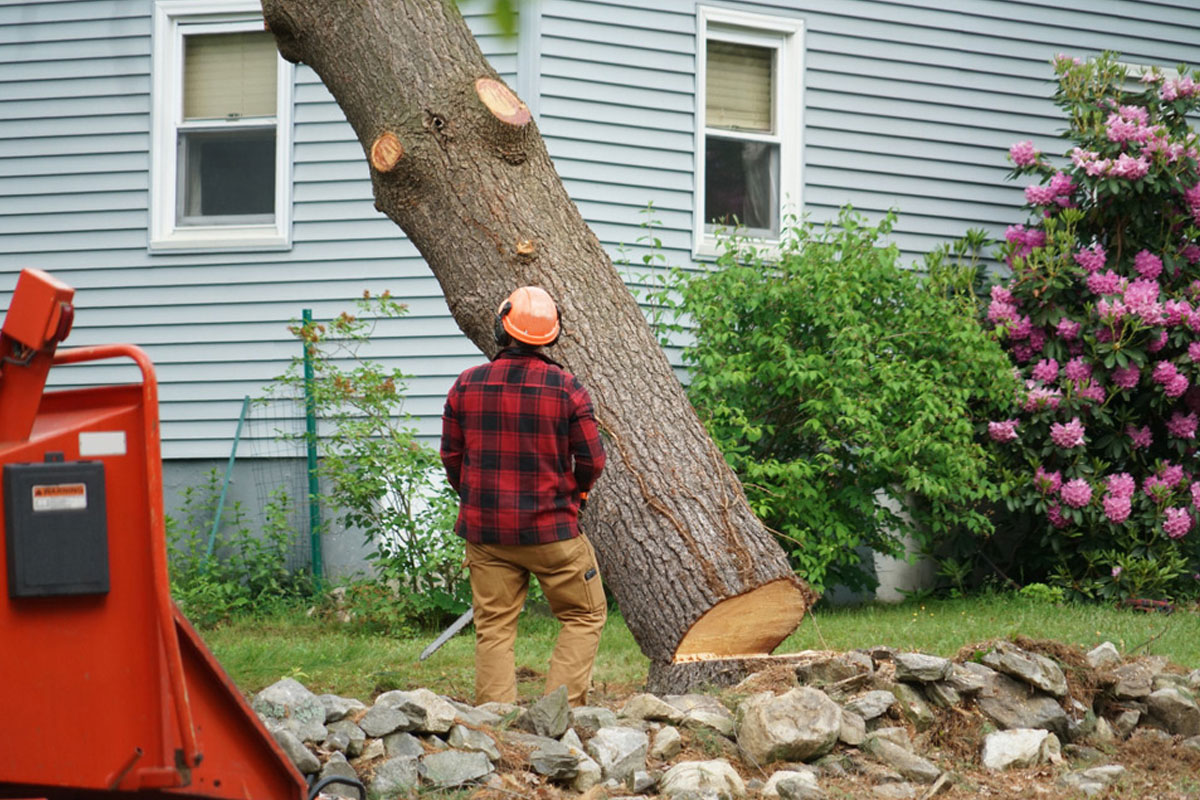The Axe Falls: A Comprehensive Guide to Tree Removal Costs
Towering trees add beauty and shade to our properties, but sometimes, their removal becomes necessary. Perhaps a tree is diseased, poses a safety hazard, or simply needs to make way for construction. Understanding the average cost of tree removal can help you budget effectively and make informed decisions when faced with such a situation. This guide delves into the factors influencing tree removal costs, explores additional considerations, and equips you with valuable information to navigate the process.
Understanding Tree Removal Costs: A Breakdown of Factors
The cost of removing a tree is not a one-size-fits-all proposition. Several factors significantly influence the final price tag. Here’s a breakdown of the key elements to consider:
- Tree Size and Species: Unsurprisingly, larger and taller trees generally cost more to remove. They require more labor, equipment, and expertise to handle safely. Additionally, certain tree species with dense wood or complex root systems may pose unique challenges, driving up the cost.
- Location and Accessibility: The location of the tree plays a crucial role. Trees situated near power lines, buildings, or other obstacles require more intricate removal techniques and specialized equipment, impacting the cost. Accessibility also matters. If the tree is difficult to reach due to surrounding landscaping or tight spaces, expect higher costs.
- Tree Condition: The health and overall condition of the tree influence the removal process. Dead or diseased trees might be brittle, requiring extra care during removal. Conversely, a healthy tree may necessitate additional steps to minimize damage to surrounding property.
- Removal Complexity: The complexity of the removal itself is another factor. Will the tree be felled whole, or will it need to be dismantled piece by piece? Does the removal involve stump grinding? The chosen removal method and additional services like hauling away debris will affect the total cost.
- Labor and Equipment: The number of crew members and the type of equipment required for the job will influence the price. Larger, more complex removals necessitate more manpower and specialized equipment, such as cranes or bucket trucks, leading to higher costs.
- Local Permits and Regulations: Depending on your location, permits from local authorities might be necessary before removing a tree. These permits can vary in cost, so factor them into your budget.
Average Cost Ranges for Tree Removal
While providing an exact cost for your specific situation is impossible without an on-site inspection by a qualified arborist, here’s a general breakdown of average tree removal costs based on size:
- Small Trees (Under 30 Feet): $150 – $500
- Medium Trees (30-60 Feet): $300 – $1,200
- Large Trees (Over 60 Feet): $1,000 – $2,500+
Important Note: These are just ballpark figures. The actual cost can fall outside these ranges depending on the factors mentioned earlier.
Additional Considerations When Planning Tree Removal
- Insurance: Ensure your homeowner’s insurance covers tree removal, especially if the job involves any potential risks.
- Safety First: Tree removal is a potentially dangerous task. Always hire licensed and insured professionals to handle the job.
- Environmental Impact: Consider the environmental impact of tree removal. Explore options like planting a new tree elsewhere on your property to offset the loss.
- Repurposing Opportunities: Depending on the tree species and condition, inquire about the possibility of repurposing wood from the removed tree. Local sawmills or artists might be interested.
Frequently Asked Questions (FAQ)
Q: How can I get an accurate estimate for tree removal?
A: The best way to get an accurate estimate is to contact reputable tree removal companies in your area. They can assess the specific situation and provide a detailed quote based on the factors discussed earlier.
Q: Should I remove the tree myself to save money?
A: It’s strongly discouraged to attempt tree removal yourself unless you possess extensive experience and the necessary safety equipment. Tree removal is a dangerous undertaking, and even seemingly small trees can cause significant damage or injury if not handled properly.
Q: What if I’m on a tight budget, but tree removal is necessary?
A: Discuss your budget constraints with potential tree removal companies. Some companies might offer flexible pricing options or be willing to work with you to find a cost-effective solution. Consider getting quotes from several companies to compare prices.
Q: Are there any legal considerations when removing a tree?
A: Local ordinances or regulations might restrict tree removal in certain areas or for specific tree species.






More Stories
Is there a lifetime limit on epidural steroid injection?
What is Section 20 of the Motor Accident Insurance Act (Queensland)?
Where to Watch USMNT vs Jamaica National Football Team